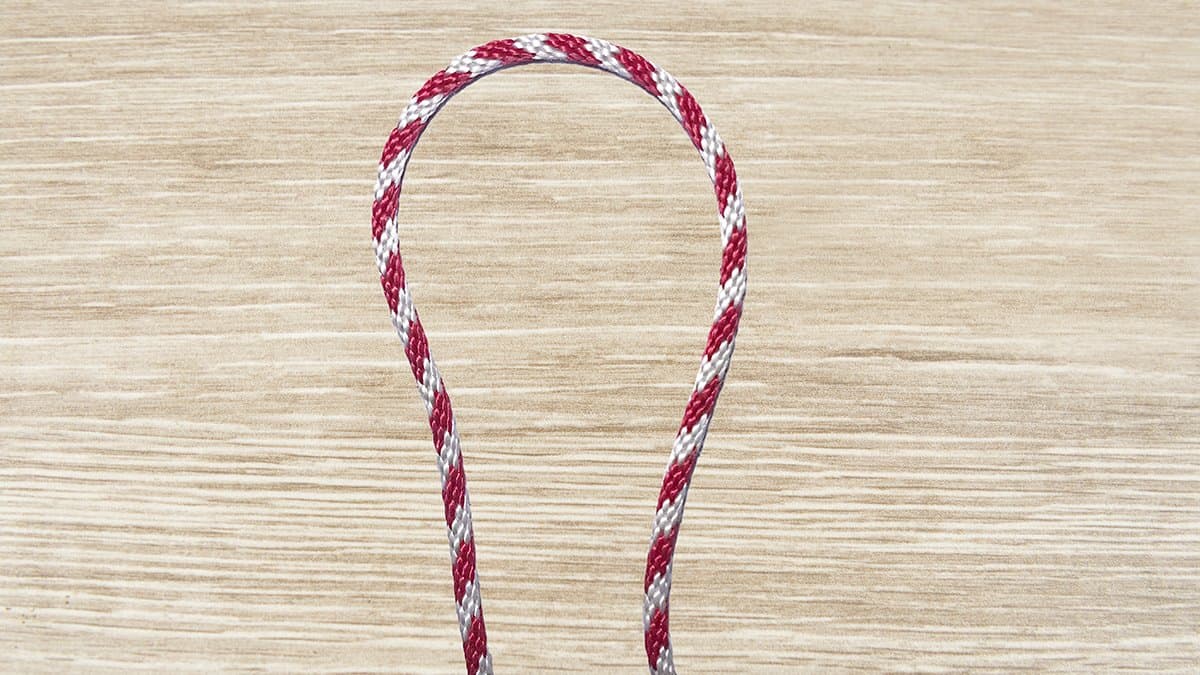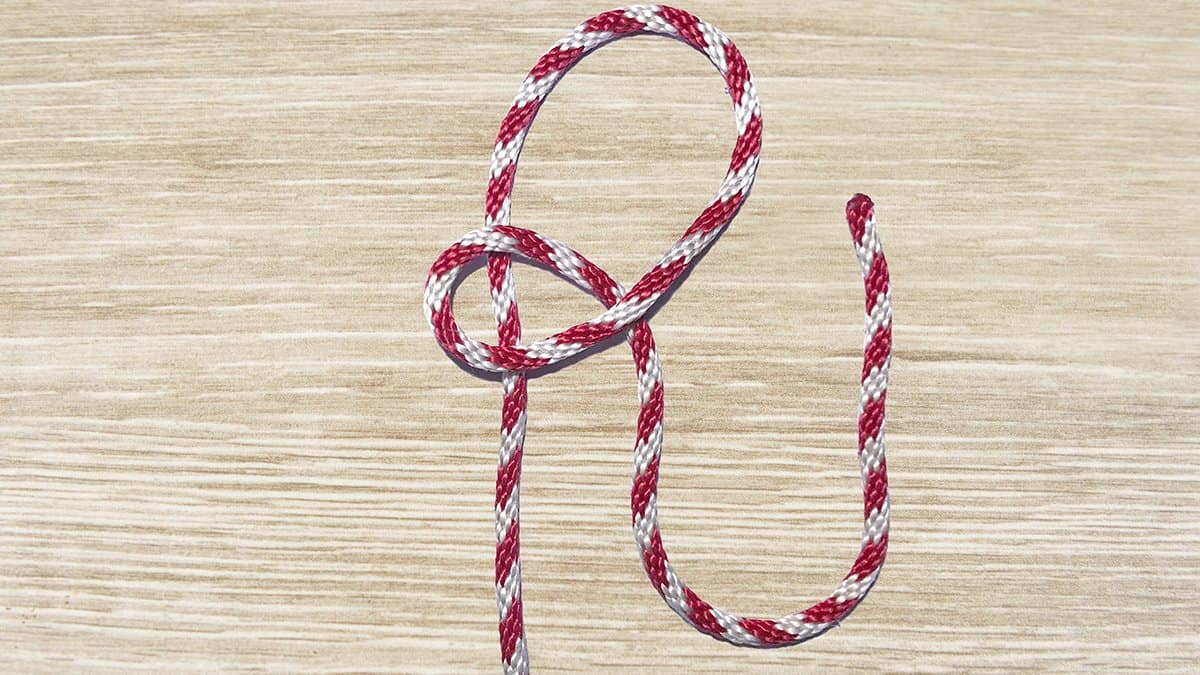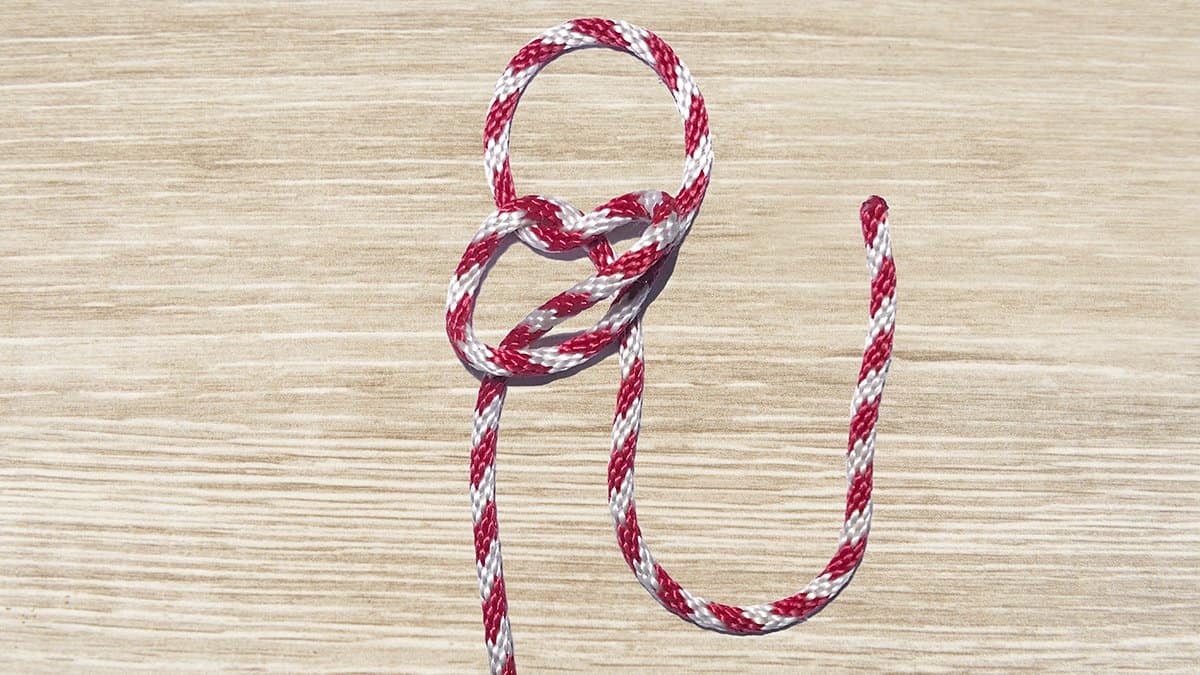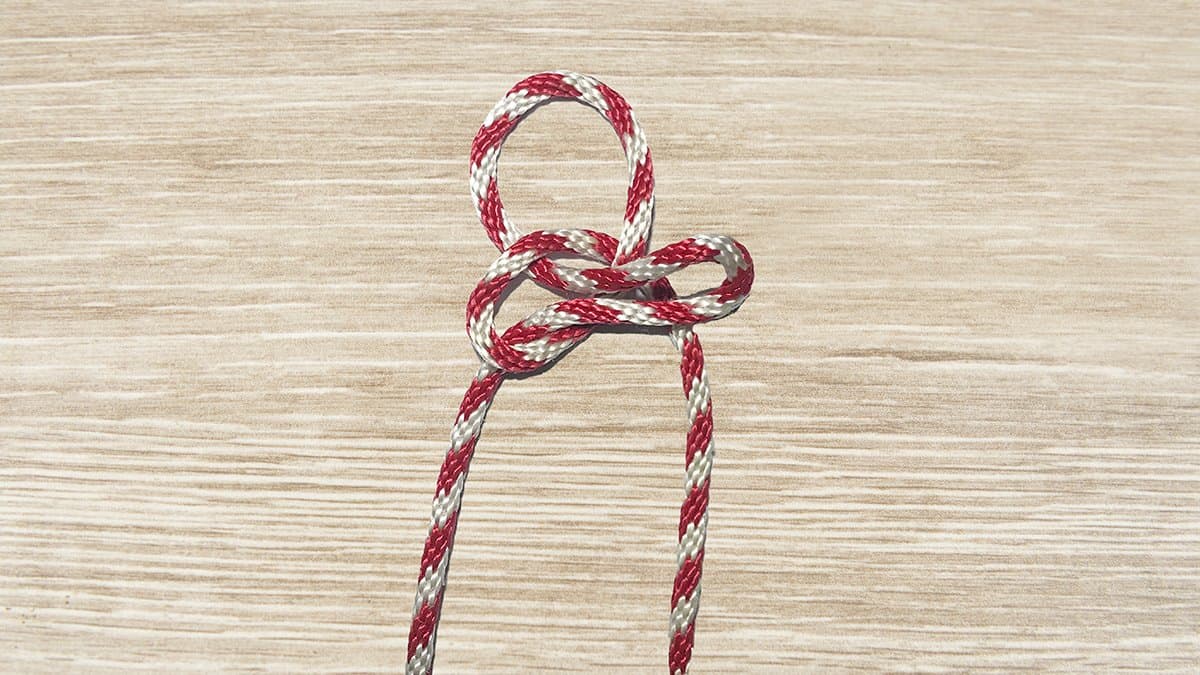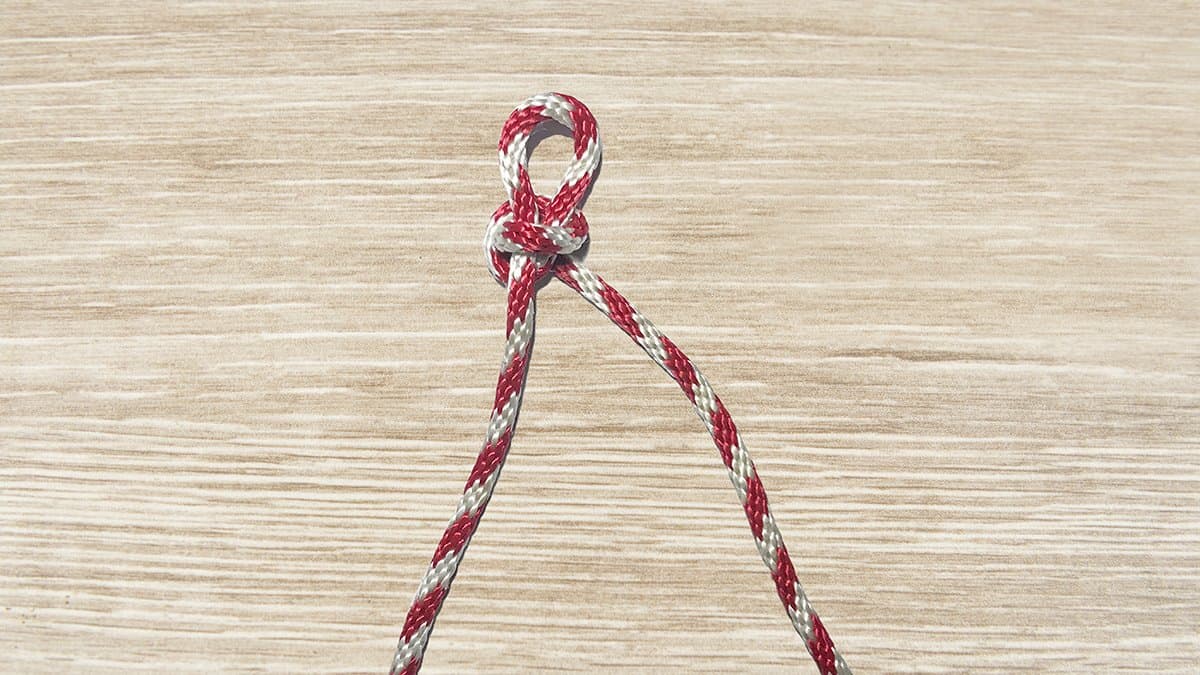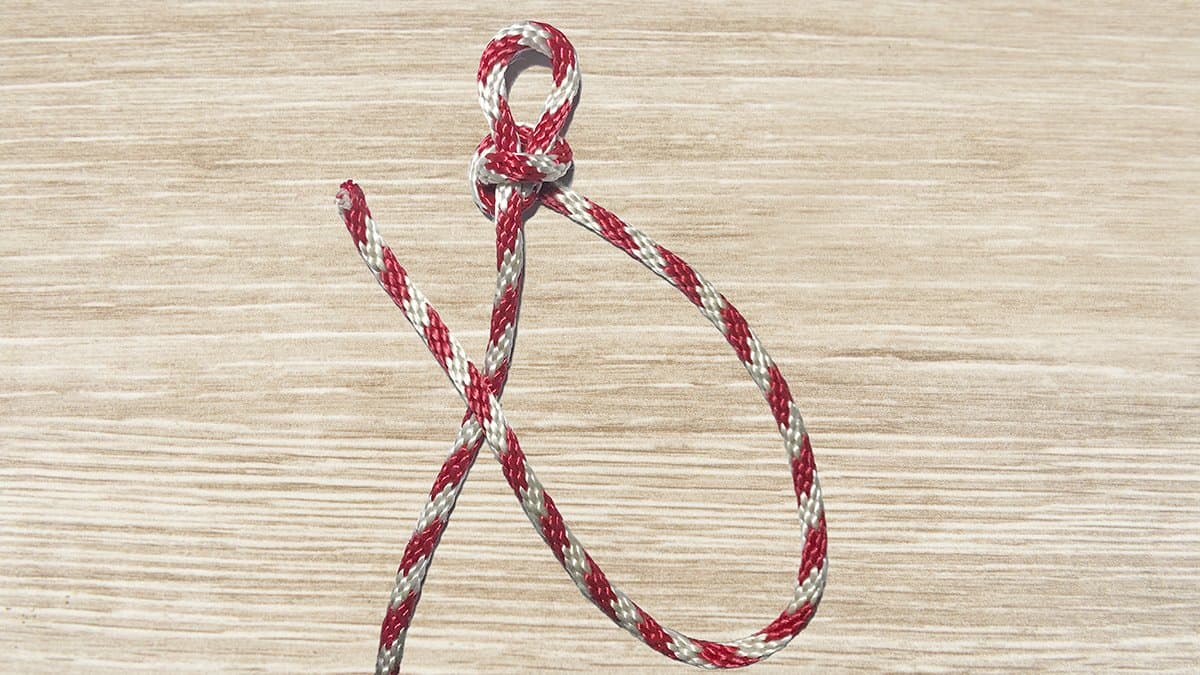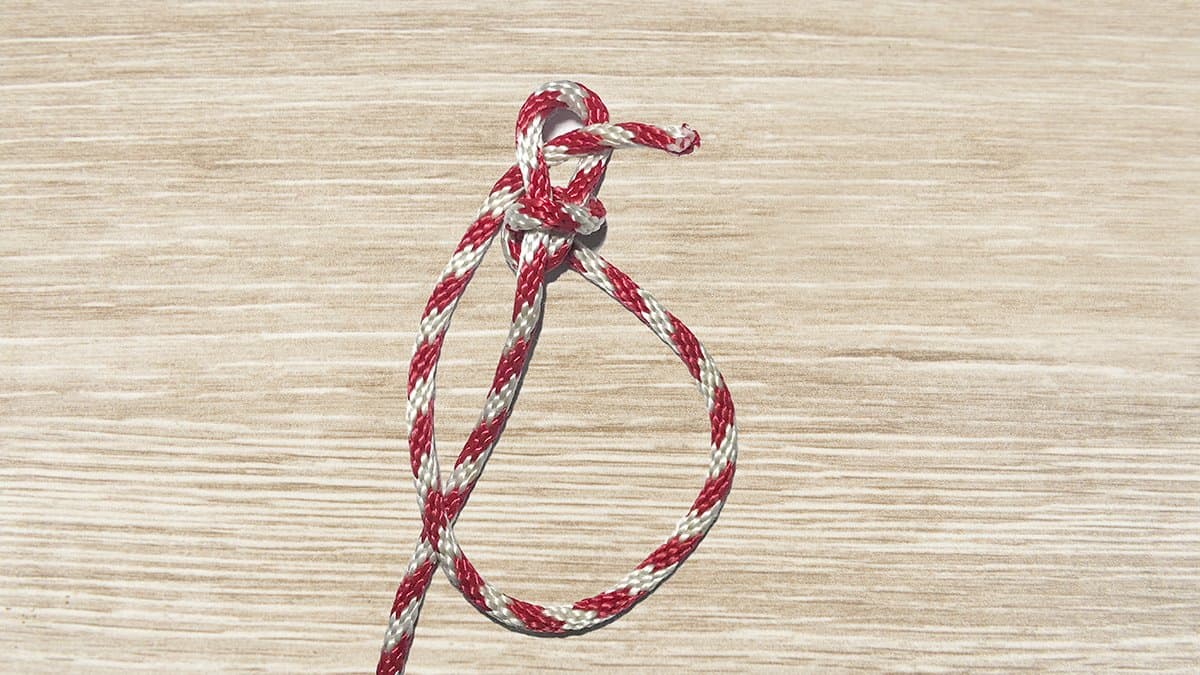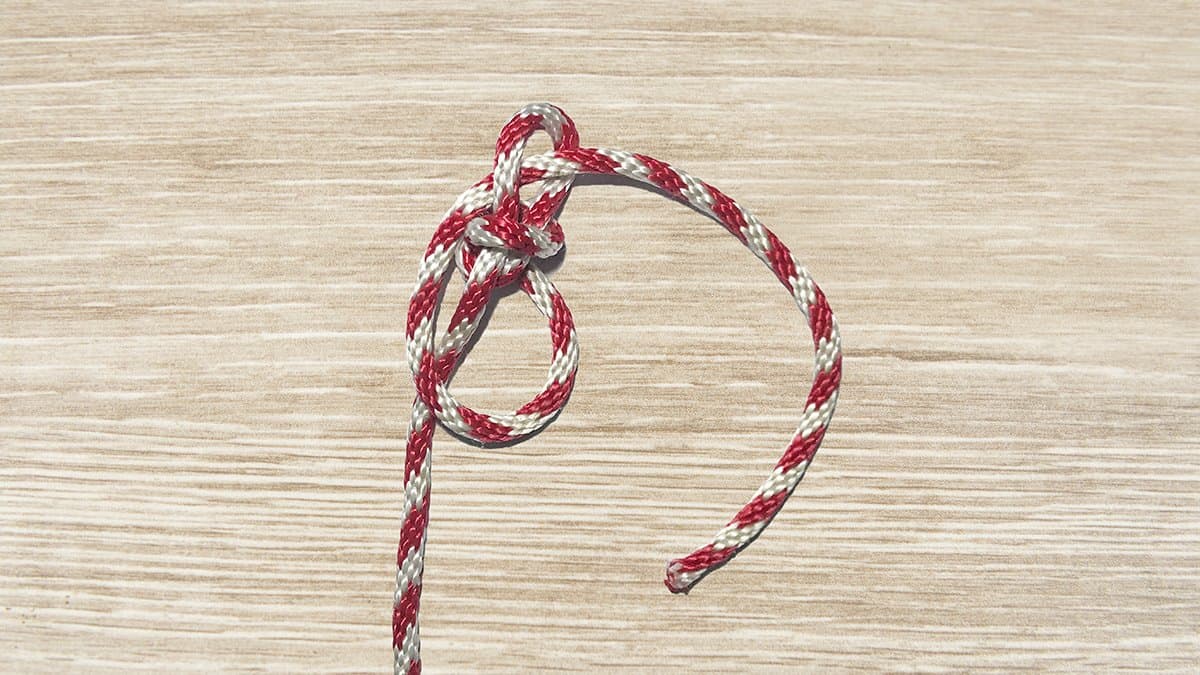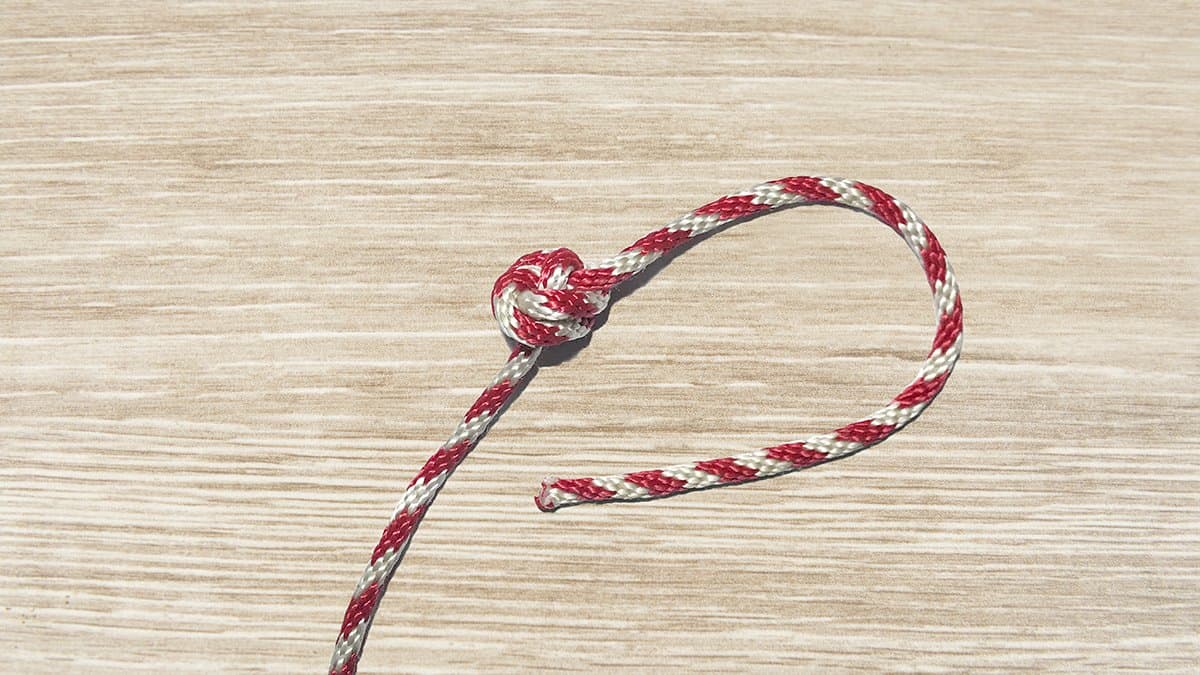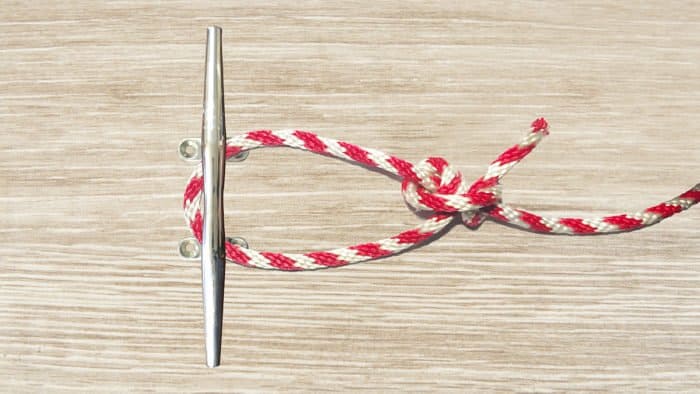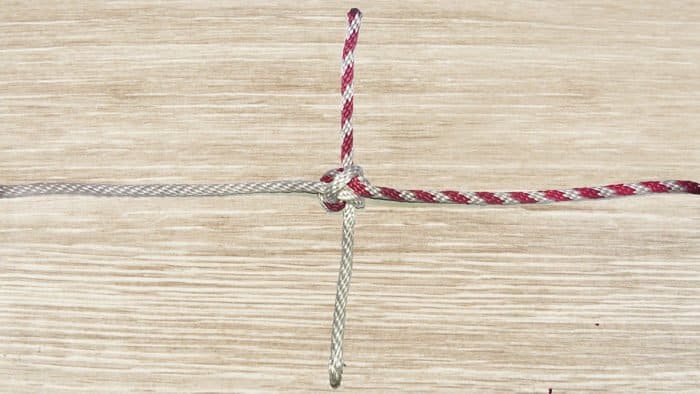How To Tie A Stopper Knot
Knowing how to tie a stopper knot is an essential skill. The term “stopper knot” refers to many different knots. If you hear the term “stopper knot” without any other name attached to it, then you’re most likely hearing about the Ashley Stopper Knot.
It’s named in the Ashley Book Of Knots as the Oysterman’s Stopper, and designated as #526. The Ashley Stopper Knot is a big and bulky stopper knot that’s reliable, strong, and simple to construct.
Uses
Stopper knots are tied at the end of a rope. They prevent the end of a rope from unraveling, or from slipping through another device. They can also anchor devices attached to the rope. This makes them popular with climbers and sailors. If you need to climb a rock face, a ship’s mast, or a tree, then knowing how to tie this knot will be an essential skill to learn. This knot is also useful for tying lariats and halyards.
How To Tie A Stopper Knot
Before you get started, it’s worth mentioning that a stopper knot is easy to tie but also easy to get wrong. For the best results, we recommend that you follow our picture guidelines very closely. Once you’ve got the hang of it, you’ve got the hang of it for life.
Step One: Pass the working end around the standing end of your rope to form a small loop. Pass the working end through the loop that you’ve just made.
Step Two: Pull the working end down, and pass it through the larger loop.
Step Three: Pull the working end to tighten the knot.
Step Four: The stopper knot is now complete.
This will take a couple of times to get right so keep trying.
Things To Consider
Warnings
It’s important to know that for this knot to be a secure stopper knot, it’s essential that you tighten the half knot. We’ve mentioned this in Step Three of our guide. A loose knot could come undone.
Variations
There aren’t many variations of the Ashley Stopper Knot. However, it can be compounded by adding more stopper knots in a line.
Alternatives
If you’re looking for alternatives to the Ashley Stopper Knot, you could use the Double Overhand Knot or the classic Figure 8 Knot. However, these knots can come undone, but it does depend on what you’re using them for.
For boating, a Stevedore Stopper Knot is a fine alternative. If you’re dealing with a slippery rope made from modern materials, an EStar Stopper is probably a better stopper knot option.
The Bottom Line
The Ashley Stopper Knot is tough, bulky, and reliable. Once you’ve mastered how to tie it, it’s quick and easy to deploy too! We think it’s one of the most important knots that all boaters should know how to tie.
Categories: Nautical Knots
